Long before the masses of European grape varieties like Pinot Noir, Merlot and Cabernet (Vitis vinifera) set root in American vineyards, North America was coated with its own unique collection of grapevine species. Once named ‘Vinland’ by very early Norse European explorers, who discovered masses of vines creeping along the edges of forest clearings. American grape vines are slowly re-establishing themselves as a great local alternative to European varieties, particularly for wine!
The history of Wild Grapes in the US is an interesting tale, but below we’ve delved into some of the notable North American grape species!
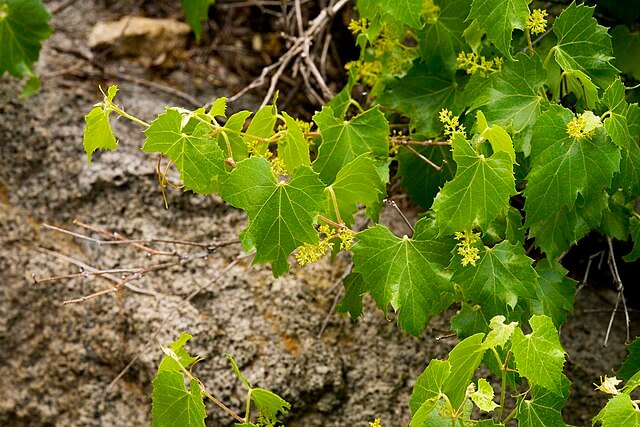
Arizona Grape (Vitis arizonica)
Also sometimes known as the canyon grape, the Arizona grape can be found across the southwestern states, particularly Arizona and southeastern California.
Foraging & Uses
With its slip-skin fruits, the Arizona grape is brilliant at making jams, but it can also create unique wines too! While it’s a great fruit to forage, it’s mainly consumed by local wildlife.

The Fox Grape (Vitis labrusca)
Native to the midwestern and eastern states, the Fox grape is likely to have been the species that Norse explorers first discovered. It’s one of the most well-known North American grape species and is responsible for a number of hybrid varieties that are popular in food and drink production.
From the Concord variety used to create Concord jam and juices, to the Catawba grape that creates a red, musky wine. As more Europeans settled in North America, the Catawba grape variety soon became one of the most popular varieties used to produce American wine.
The Fox grape is also often hybridized with other grape species to create cold hardy grape varieties that you can grow at home in cooler climates.
Foraging & Uses
Most vines of the Fox grape have deep purple berries (like the Isabella), however, a number of different color varieties exist like the green-skinned ‘Niagara’ and deep pink ‘Delaware’. The Fox grape would be a great fruit to forage and produce your own homemade wine!
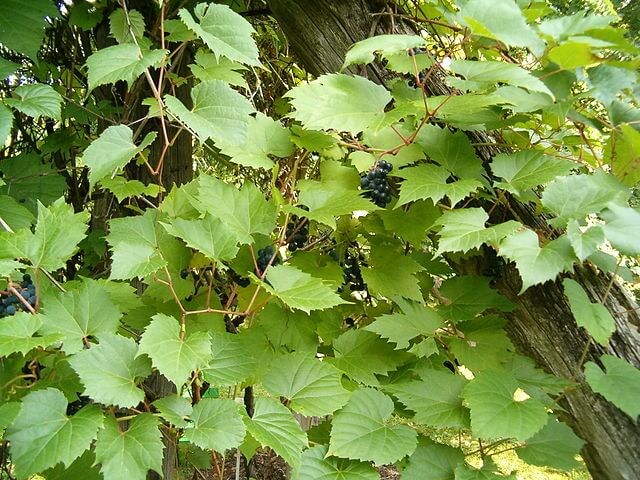
The Riverbank Grape (Vitis riparia)
Often known as the riverbank or frost grape, you’ll find this vine growing in sunny, exposed areas in the northeastern, and also some central states. When the Great French Wine Blight occurred in the 19th century, the riverbank grape was used as rootstock because of its high disease resistance.
Foraging & Uses
Look for this vine along riverbanks, at the edges of forests or woodland where they would receive lots of sunshine to ripen the berries. It has round, deep purple grapes that would be great for making jams, juices and even homemade wine!
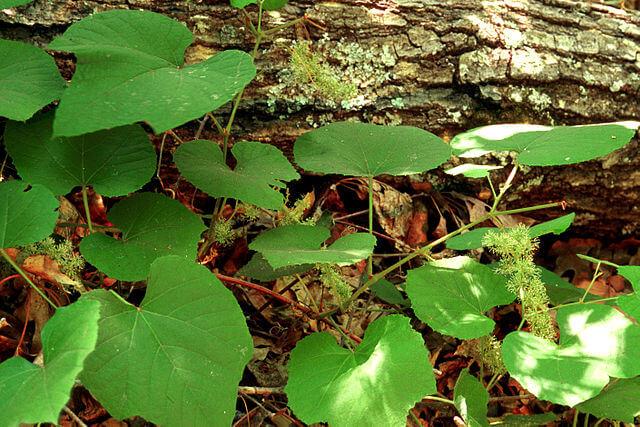
The Summer Grape (Vitis aestivalis)
Known as the Summer grape (and sometimes Pigeon grape!), like the Fox and Riverbank grape you’ll find this vine growing in the eastern states. However its natural range does wind its way right down into Florida too.
Foraging & Uses
The Summer grape species has a well known red wine grape called ‘Norton’. The deep purple berries can be used to create jams and jellies, and were once cultivated by the Cherokees.
The Muscadine Grape (Vitis rotundifolia)
Natively growing in the southeast and central states, the muscadine grape is much more adapted to a warmer climate compared to its Northern relatives.
Foraging & Uses
The berries are large and packed with anti-oxidants, and almost black when ripe. They can be used to create jams, juices and wines too.
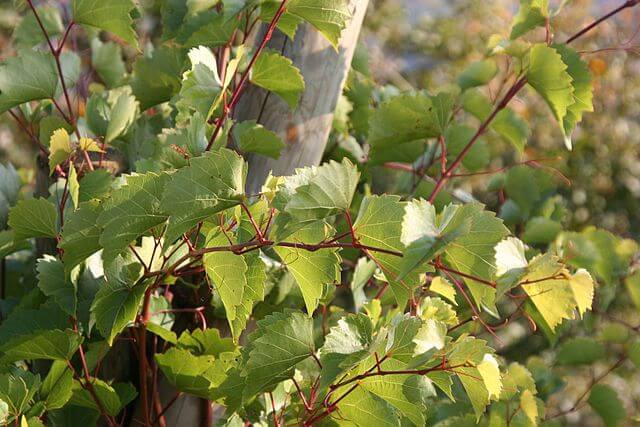
The July Grape (Vitis rupestris)
Christened with a variety of names, from July and Sand to Beach and Mountain grapes, the grape is native to small sandy areas in the central states. It’s a relatively small, bushy plant, and was once widely hybridized and grown in France because of its disease resistance.
Foraging & Uses
The July grape is threatened by habitat loss in Indiana and Pennsylvania, so foraging is not generally advised. Cultivated varieties are used to create wine, but the grapes could also be used to create jams and juices.
The Frost Grape (Vitis vulpina)
Often known as the Winter grape or Fox grape, you’ll find these vines growing in the eastern and central states. It was named the ‘frost’ grape due to the fact that the berries are considered sweeter after a frost.
Foraging & Uses
The leaves are hairless, which is different from most other wild grape species. The frost grape climbs well, and can often be used as an ornamental plant to coat a trellis or fence. The tiny purple fruit can be used to make jams, jellies, and wine.
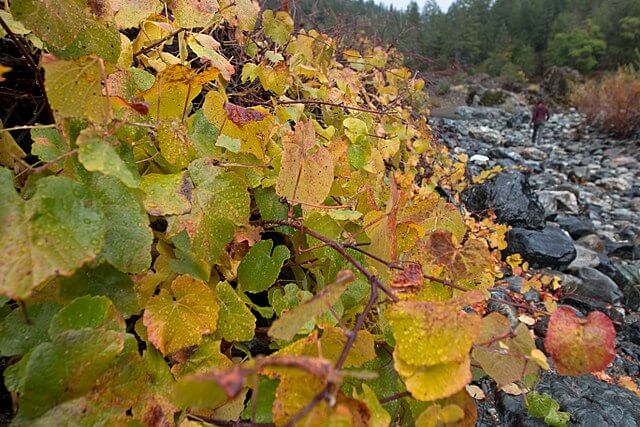
The California Wild Grape (Vitis californica)
The California Grape, or Pacific grape, is endemic to most areas in California and also parts of southern Oregon. It’s often cultivated as an ornamental plant, and as a strong wild grape, it is often chosen as a rootstock for other grape varieties.
Foraging & Uses
Look for this grape vine along the banks of rivers and streams with good sun exposure. The purple berries are quite small and sour, so they’re not suited as table grapes but can make jams or wines. Less foraged by humans, it is a particularly favorite food source for birds and other wildlife.
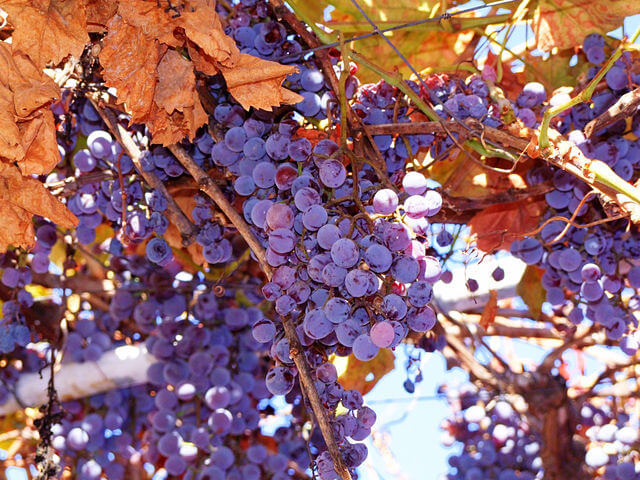
There are thought to be around 25 grapevine species endemic to North America, each thriving within its own particular area and climate. They are fairly similar to their European and Asian relatives, but the greatest difference lies within the characteristics of the fruit. American grapes species have what’s known as a ‘slip skin’. This means the outer skin can be removed from the inner pulp with ease.
—————Written by Hannah Sweet
Hannah is a freelance writer and graphic designer from the UK. With a penchant for travelling, photography and all things botanical, she enjoys writing about a wealth of topics and issues, from conservation and slow living, to design and travel. Learn more about her writing and design services at www.sweetmeanders.co
Many of our readers find that subscribing to Eat The Planet is the best way to make sure they don't miss any of our valuable information about wild edibles.
See our privacy policy for more information about ads on this site






